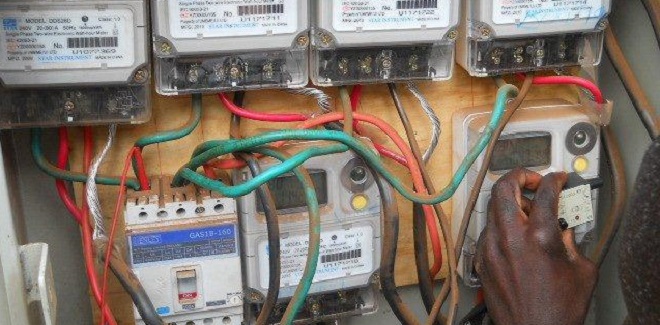
Kampala, Uganda | PATRICIA AKANKWATSA | Uganda’s Electricity Regulatory Authority has slightly reduced the electricity tariffs for the first quarter of 2019 compared with preceding quarter but not enough to stimulate industrial growth.
The latest consumer tariff schedule shows that domestic consumers will now pay Shs718.9, down from Shs 771.1 per kWh, small scale industries Shs 648.3, down from Shs 687 per kWh whereas medium industrial consumers will pay Shs 592.5, down from Shs 615.3 per kWh.
Large scale industrial consumers, who seem to be the big beneficiaries in this new tariff, will now pay Shs375.5, down from Shs 383.8 per kWh while tariffs for street lighting dropped by nearly Shs51 to Shs 701.9 per kWh.
The regulator, which reviews electricity tariffs at the beginning of each quarter taking into account changes in the exchange rate, inflation and fuel prices, said the slight drop in the electricity tariffs is attributed to the improvement in economic indicators.
Despite the slight drop in electricity tariffs, available statistics indicates that it has consistently gone up.
For instance, an earlier analysis by The Independent shows that the government increased electricity tariffs by over 22% over the past three years to 2016, with domestic consumers whose usage is more than 15 units per month paying an average of Shs635.2 as at the end of 2016, up from Shs518.6 per KWh in 2014.
Commercial consumers such as welders and water pumps saw their electricity tariff increased by 20.7% to Shs 570.6 per KWh while medium and large industrial consumers saw their tariffs increased from an average of Shs450.1 and Shs308.5 per KWh in 2014 to Shs526.7 and Shs355.8 in 2016, respectively during the same period.
This development comes as consumers eagerly wait for the commissioning of Isimba and Karuma Hydropower dams this year, a move that is expected to drive electricity tariffs downwards.
 The Independent Uganda: You get the Truth we Pay the Price
The Independent Uganda: You get the Truth we Pay the Price



